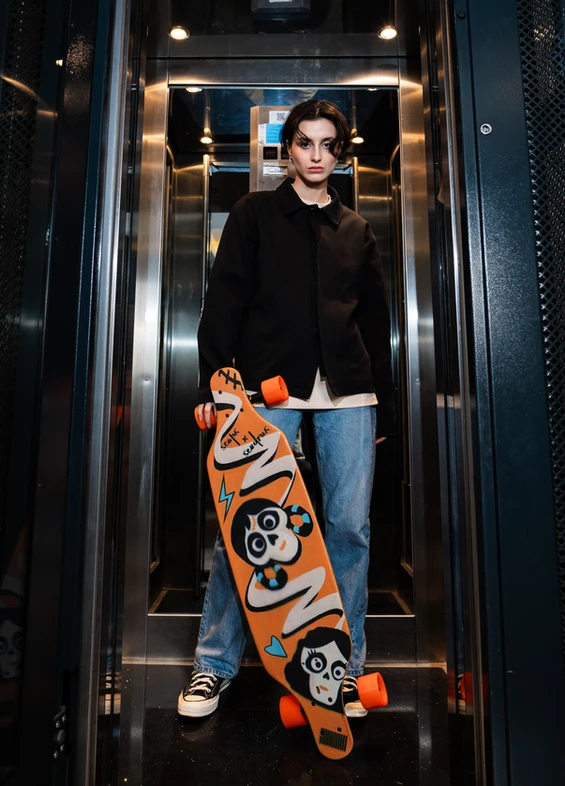No products in the cart.
Choosing the right skateboard deck isn’t just an aesthetic preference; it’s a strategic decision that directly shapes your learning pace, safety, maneuverability, and overall riding enjoyment. This guide brings together all the critical points—from defining your goal correctly to sizing, from material and shape selection to component compatibility, from maintenance and safety to a pre-purchase checklist. Whether you’re buying your first deck or upgrading your current setup, the steps below will clarify your decision and help you hit the park quickly and with confidence.

